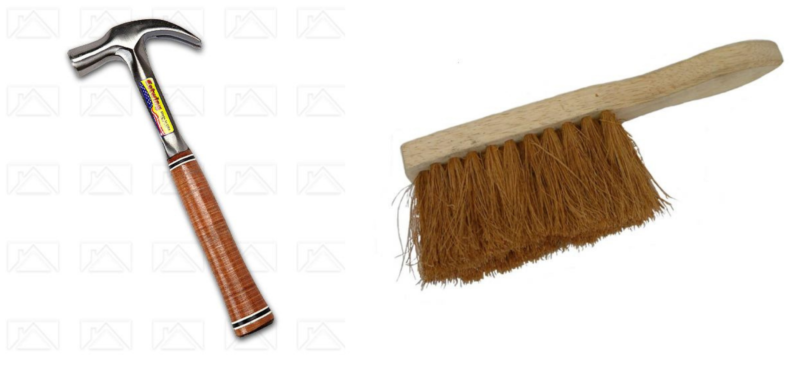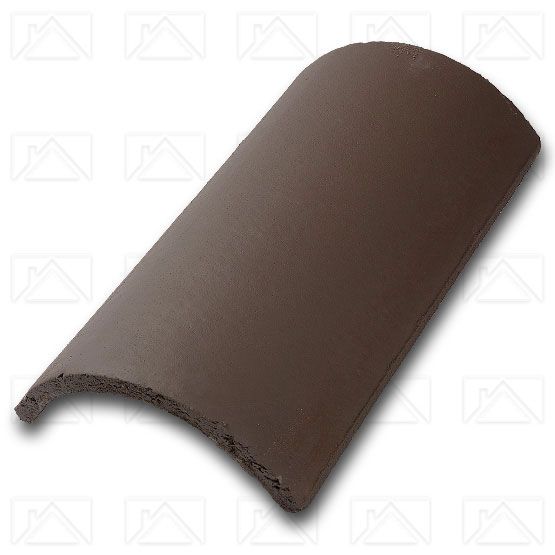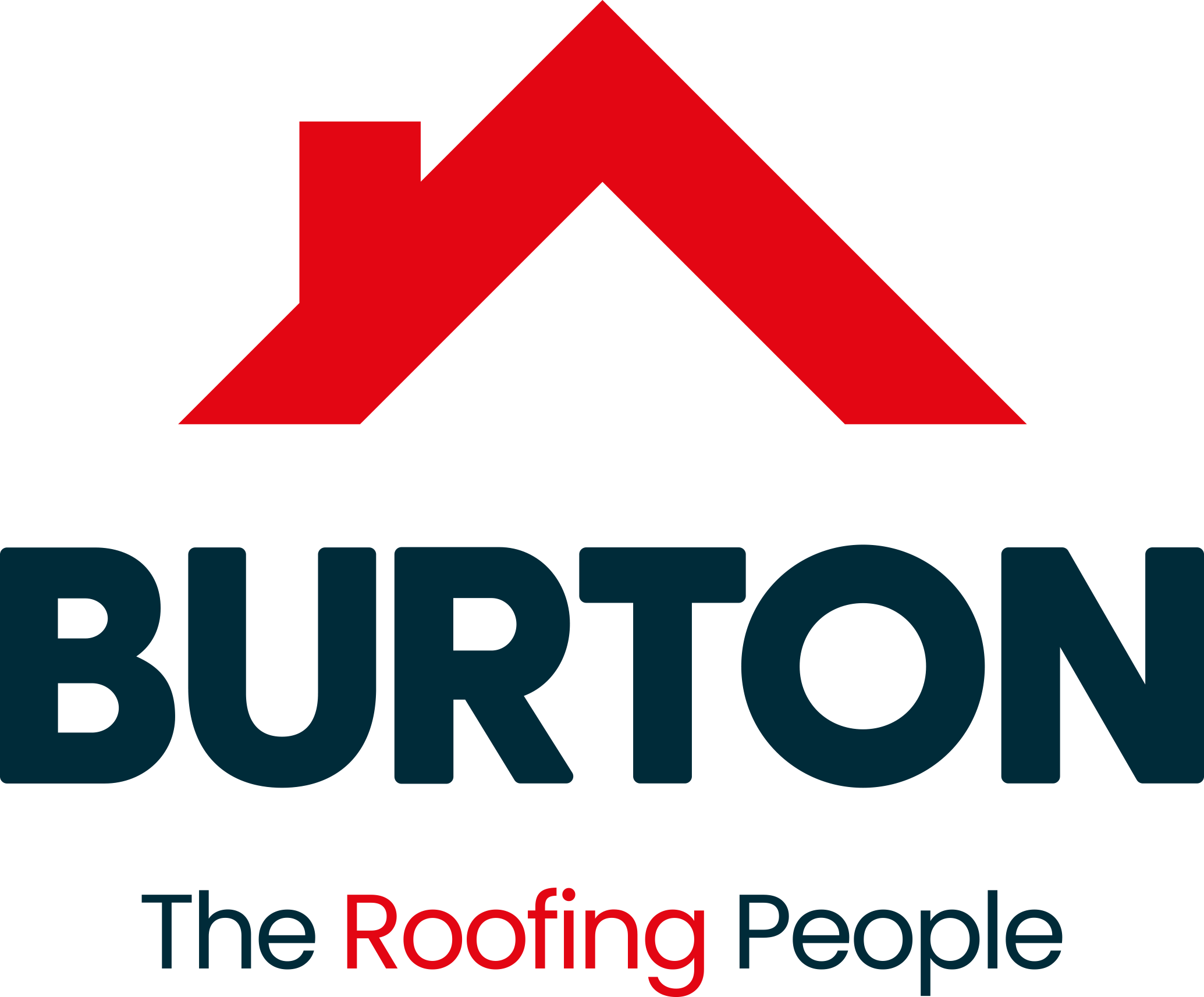How To Repoint Ridge Tiles
Ridge tiles are the curved tiles that connect the pitched sides of the roof at the top to create the ‘ridge’.
These ridged tiles, like all tiles, can become damaged in extreme weather conditions or simple wear and tear can weaken the mortar bond which then needs to be repointed.
The job, while not technically too difficult, is made more complex because of the height you’ll be working at and the risk of causing more damage to the roof and tiles which may well be fragile, even without your full weight bearing down on them. Often a job like this will require an experienced roofer with safety equipment, and possibly even scaffolding.
Removing and replacing ridge tiles
Removing tiles requires only a few basic tools; a hammer, slot head screwdriver, a brush, and a bucket. The hammer and slot head screwdriver will be used to remove tiles, the brush is used to clean away debris such as the mortar which will break away, and a bucket to collect any waste.

The best technique is to place your screwdriver underneath the ridge tile and tap gently with a hammer until it lifts off. Slow and steady wins the race and reduces costly breakages. Chip off any excess mortar and place in your bucket, you can brush off any smaller pieces.
Clean mortar off tiles using the same gentle tapping with hammer and screwdriver technique and store tiles safely ready for repointing.
If you have any really stubborn bits of mortar on the roof which won’t be dislodged in the above manner, a small hand held cutter with diamond cutter blade can be used to grind it down.
If you are still having problems with very hard mortar, if you create deep cuts in the mortar with the grinder, you will weaken the mortar and it should then chip away from the vibration of the hammering.
it should then chip away from the vibration of the hammering.
When it comes to buying replacement ridge tiles, buy a colour that matches your already weathered roof as this will blend in much better than stark new ones in the original colour.
When it comes to repointing, it is now recommended that replaced tiles are mechanically fixed, with a nail to the roof rafter, as well as with mortar. This makes the job a bit more timely, but will hopefully save on repairs in the future and protects the longevity of the slates and roof.
